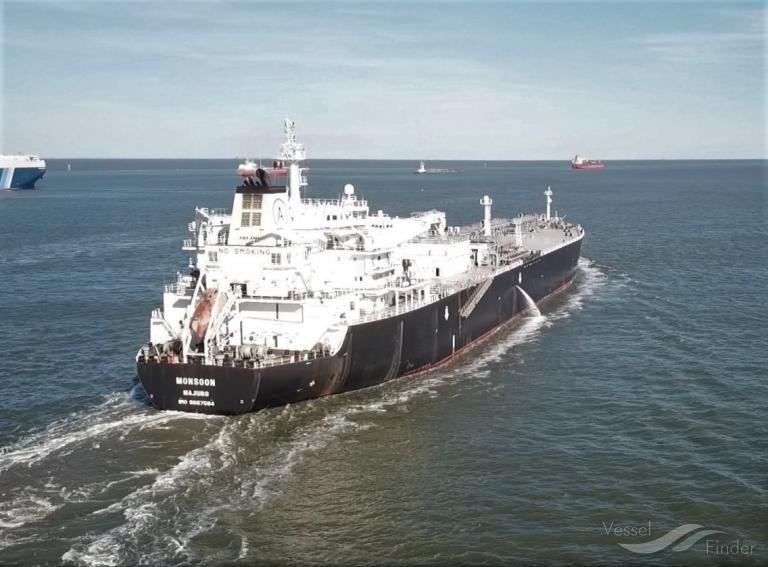A new-build, dual-fuel gas carrier vessel generates lower CO2 emissions over the course of its operational life than an existing gas carrier converted to dual-fuel operations. That’s the finding of a unique study by ABS using data based on vessels in the Avance Gas Holding Ltd. (AGH) fleet.

ABS compared potential greenhouse gas (GHG) emissions between a new-build, dual-fuel very large gas carrier (VLGC) and conversion of two AGH VLGCs over 20- and 25-year life cycles, including decommissioning. The findings suggest conversion increases emission intensity by between 13.7 and 32.6 percent over new construction.
“Decarbonization pathways are highly complex and challenging to evaluate how to produce the best strategy for reducing the GHG footprint over the lifetime of assets. These decisions matter both to the operational performance of shipping companies and to the environment, as well as to further investments as we embrace carbon economics. So, we are proud to be able to assist forward-looking operators, such as AGH, with making sense of the challenges they face with bespoke studies that shine a light on the best investment strategy,” said Georgios Plevrakis, ABS Director, Global Sustainability. “ABS is a global leader in this area and is working with leading operators all over the world to develop decarbonization pathways that deliver the best outcome for their fleets.”
The study compared 20- and 25-year lifecycle emissions from the conversion of AGH’s VLGC Monsoon from the diesel-fired SME engine and the diesel-fired SMC engine VLGC PROMISE to dual-fuel operations with new construction of a dual-fuel vessel with similar specifications to AGH’s LPG gas carrier. The LPG carrier was evaluated in both virgin steel and 70 percent recycled steel formulations.
More information on ABS’ industry-leading sustainability research is available here.
Source: ABS